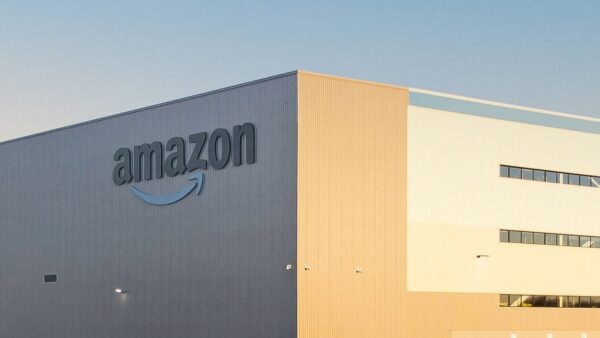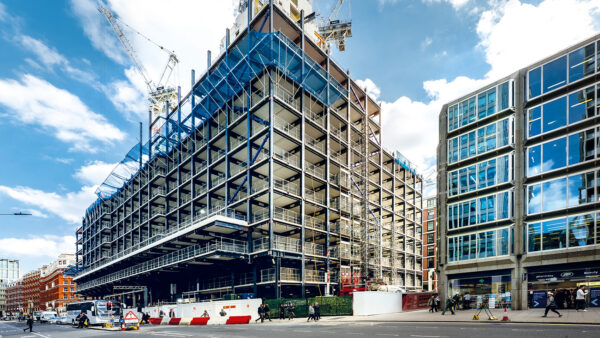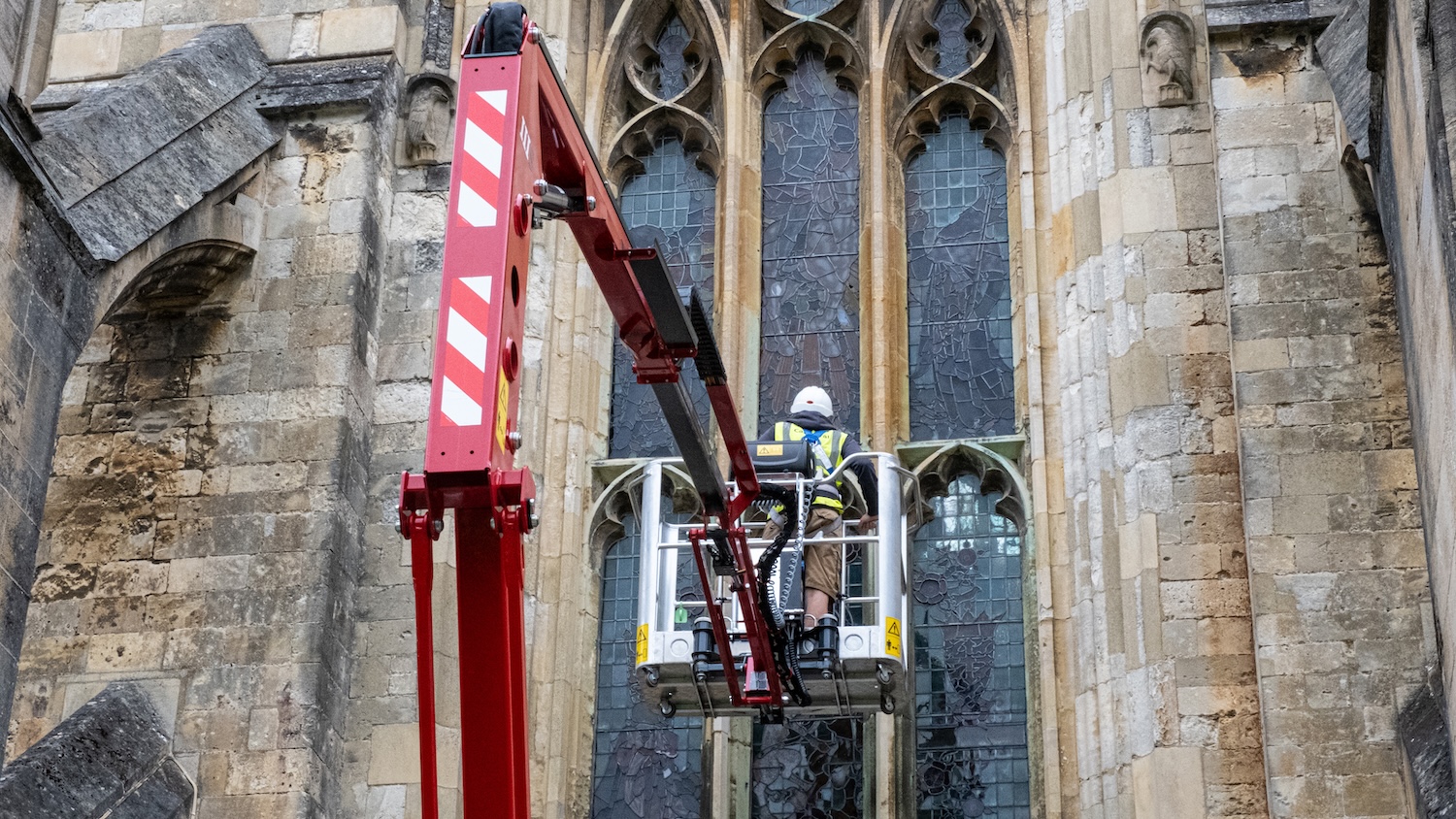
Elementix Freedom cladding tiles by Ibstock
University of the West of England School of Architecture and Design
Andrew Kingdon, architect, Stride Treglown
UWE has always wanted to promote sustainable design, and as part of the university’s framework agreement, Stride Treglown was appointed to submit a design for the new £4.7m sustainable studio building, an extension to the existing school of architecture.
The project was procured under a D&B contract with Stride Treglown being novated to the contractor Wilmott Dixon.
The university had signed up to the Waste Action Resources Programme (WRAP) target of 10% total recycled material content for the building, which meant that specifying materials with a high recycled material content was a priority.
We looked at a number of external cladding options such as structural timber frame cassettes, as well as materials such as recycled rubber cladding, Warmcell cellulose insulation formed from recycled newspaper and Modcell straw panels — the last two we actually installed. But Ibstock had been speaking to us for some time about a new product that was basically their waste leftover slate and clay dust combined to make a new pressed rainscreen tiling panel with a recycled content of 93%.
The building’s structure is steel frame with precast floor slabs and an aluminium standing seam roof. The cladding is made of Metsec jumbo studs filled with the Warmcell 500, with the Elementix rainscreen system providing the outer skin.
We were initially concerned that there would be patching if tiles from different batches were laid in sequence, so we asked the contractor to hang them randomly over the facade, and we’re really happy with the effect; and at approximately £250/m2 build cost, the system proved to be a cost-effective solution.
Product news
Copper cladding specialist Luvata, has branched out into brass for the new building it has clad for the Roslin Institute in Midlothian, Scotland, a new £58m research facility for the University of Edinburgh, housing 500 scientists and research staff. The architects were interested in the patination of the brass over time on the Chromasome Building, and have contrasted the main facade with the pre-patinated copper cladding of its auditorium block. Currently, 97% of Luvata’s copper is coming from recycled materials, giving it a sustainable edge too.
New build and retrofit glass and acrylic film supplier IBL last month rebranded as Revitaglaze and plans to expand its product range and its markets. The new firm continues its specialisation in glass and acrylic films giving standard glass and plastics additional performance characteristics, from mere tinting to energy-saving films, anti-graffiti coatings, even bullet and blast resistance.
The firm claims that according to recent reports, the retrofitting of films onto glazing can bring performance benefits of up to 90%.
Schüco has launched a cladding system that can incorporate its ProSol TF thin-film PV modules, giving a ventilated facade that provides weather protection, insulation and sustainable energy production all in one.
The ProSol TF’s thin-film technology means it responds to a wider light spectrum and not heat, so it can produce electricity in cloudy or even twilight conditions. With feed-in tariffs potentially offering returns for the client over the long term, the system could prove to be an attractive proposition for specifiers.

Luvata

Revitaglaze

Schüco
Tips of the Trade
Sustainable walls and envelopes
| 01 Reducing the distance from source to construction site is one of the easiest ways to reduce carbon emissions and energy. You could try to source things from the country you’re working in. For the more ambitious there are other options: at CAT we made a 7m high load-bearing circular wall from earth discarded from a nearby quarry.
|
| 02 Another often overlooked issue is the embodied energy in the materials you’re using. There’s more discussion and measurement of the energy a building uses than the energy that goes into its construction — despite the fact that over the lifetime of a building the construction phase can account for as much as 30%. Avoid, where possible, use of steel, concrete, aluminum and cement.
|
| 03 Remember that whatever you’re using in your construction you still need to meet — and hopefully exceed — the legal requirements around heat loss and air tightness. We’ve found that using materials that are local, recycled and natural hasn’t been a barrier to this.
|
| 04 Using materials with high recycled content gives you the chance to address occupant health issues. Our buildings that have made use of earth, clay and straw as wall materials have all shown high levels of occupant satisfaction in the post occupancy studies carried out on them.
|
| 05 Can you use materials that lock up carbon dioxide? Any building material that has been grown will have absorbed C02 from the atmosphere. If you can build something from that plant or tree then you’re locking that carbon away. We’ve experimented with wall cladding made from straw, hemp and various kinds of wood. |
Alex Randall is media officer at the Centre for Alternative Technology










